
AllQuestion and Answers: Page 513
Question Number 168383 Answers: 2 Comments: 1

Question Number 168379 Answers: 0 Comments: 0

Question Number 168380 Answers: 0 Comments: 0

Question Number 168375 Answers: 0 Comments: 2
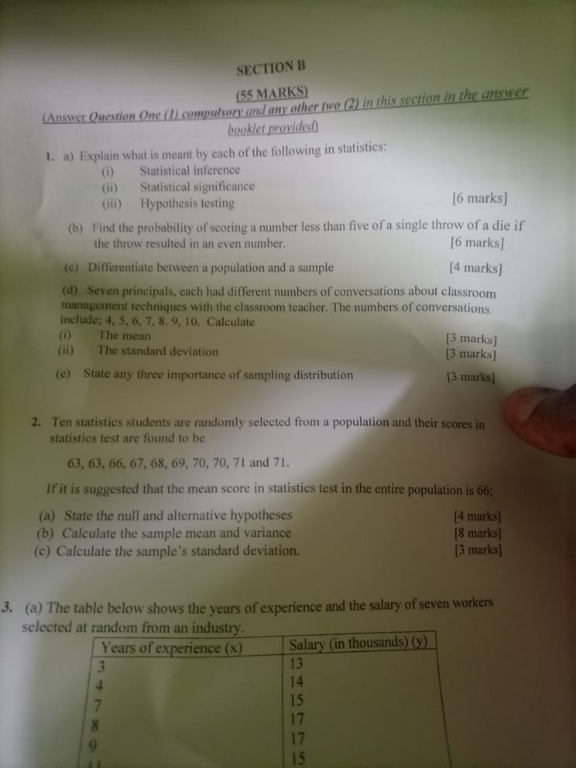
Question Number 168368 Answers: 1 Comments: 0

Question Number 168367 Answers: 1 Comments: 0
Question Number 168366 Answers: 1 Comments: 0
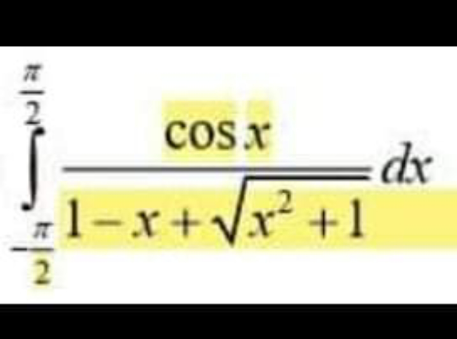
Question Number 168361 Answers: 1 Comments: 0

Question Number 168355 Answers: 1 Comments: 0
Question Number 168348 Answers: 2 Comments: 0
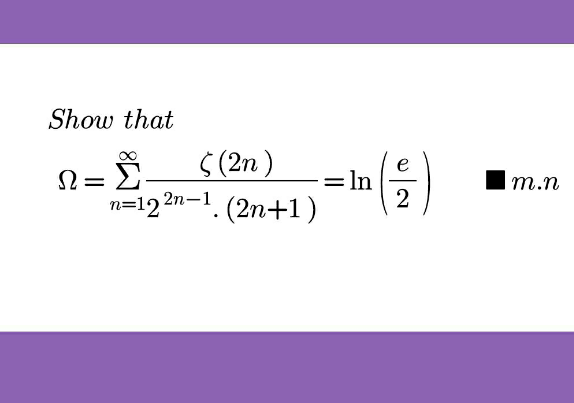
Question Number 168347 Answers: 1 Comments: 4
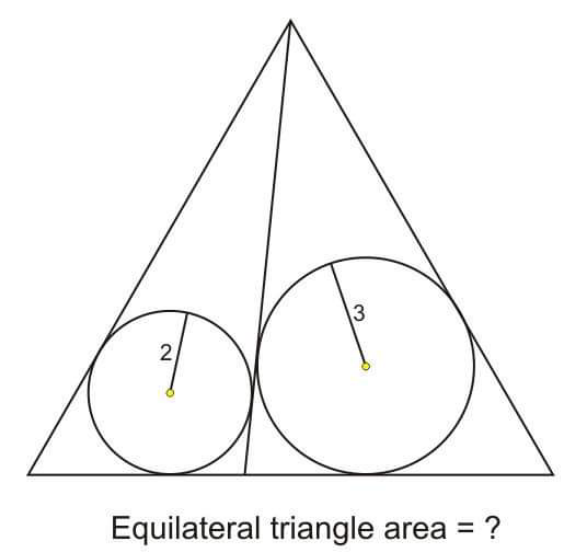
Question Number 168341 Answers: 1 Comments: 0
$$\int\left(\mathrm{1}+{x}^{\mathrm{2}} \right)^{\mathrm{3}} {dx}=? \\ $$
Question Number 168339 Answers: 0 Comments: 0
Question Number 168338 Answers: 1 Comments: 0
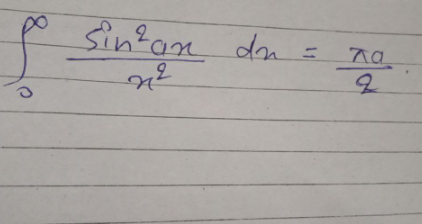
Question Number 168335 Answers: 2 Comments: 0
$$\frac{{x}}{\mathrm{2}}+\mathrm{4}\sqrt{{x}\:}+\mathrm{6}+\mathrm{3}+\mathrm{1}={x} \\ $$
Question Number 168325 Answers: 0 Comments: 0
Question Number 168324 Answers: 1 Comments: 0

Question Number 168320 Answers: 0 Comments: 0
Question Number 168311 Answers: 0 Comments: 5
Question Number 168303 Answers: 2 Comments: 0
$${calculate}\:\int_{\mathrm{0}} ^{\mathrm{1}} {x}\sqrt{\mathrm{1}−{x}^{\mathrm{6}} }{dx} \\ $$
Question Number 168297 Answers: 1 Comments: 0
Question Number 168296 Answers: 2 Comments: 0
$$\int\left(\mathrm{5}{x}+\mathrm{2}\right){cos}\left(\mathrm{2}{x}\right){dx}=? \\ $$
Question Number 168291 Answers: 2 Comments: 0
$$\int{t}^{\mathrm{7}} \mathrm{sin}\left({t}^{\mathrm{7}} \right){dt} \\ $$
Question Number 168280 Answers: 1 Comments: 0
Question Number 168278 Answers: 1 Comments: 2
Question Number 168277 Answers: 0 Comments: 1
Pg 508 Pg 509 Pg 510 Pg 511 Pg 512 Pg 513 Pg 514 Pg 515 Pg 516 Pg 517
